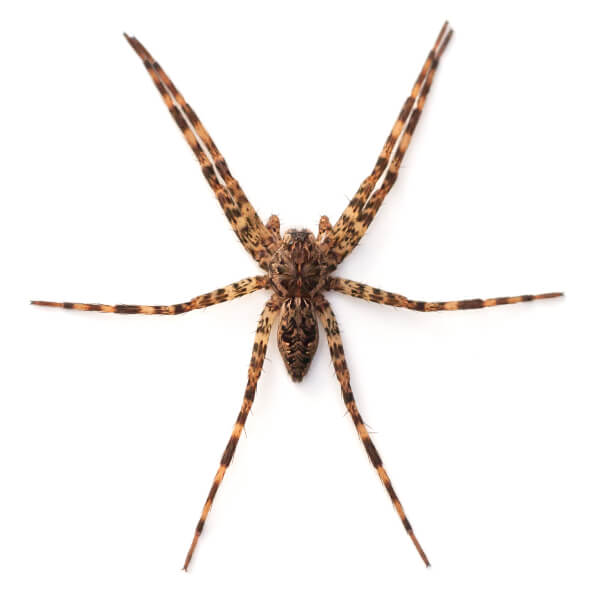Fishing spiders: Difference between revisions
No edit summary |
No edit summary |
||
| Line 36: | Line 36: | ||
==Mating and Reproduction== | ==Mating and Reproduction== | ||
Reproduction litter size: 1000 - 1200. During breeding, the male spiders always die. | Reproduction litter size: 1000 - 1200. During breeding, the male spiders always die. [2] | ||
==Hunting Habits== | ==Hunting Habits== | ||
| Line 44: | Line 44: | ||
[1] “Dark Fishing Spider.” Missouri Department of Conservation, 31 Dec. 2024, mdc.mo.gov/discover-nature/field-guide/dark-fishing-spider#:~:text=Habitat%20and%20Conservation,occurs%20in%20drier%20wooded%20areas. Accessed 7 Apr. 2025. | [1] “Dark Fishing Spider.” Missouri Department of Conservation, 31 Dec. 2024, mdc.mo.gov/discover-nature/field-guide/dark-fishing-spider#:~:text=Habitat%20and%20Conservation,occurs%20in%20drier%20wooded%20areas. Accessed 7 Apr. 2025. | ||
[2] Schwartz, Steven K., et al. “Spontaneous Male Death and Monogyny in the Dark Fishing Spider.” Biology Letters, vol. 9, no. 4, The Royal Society, Aug. 2013, p. 20130113, https://doi.org/10.1098/rsbl.2013.0113. Accessed 7 Apr. 2025. | |||
| | ||
Revision as of 13:31, 7 April 2025
Dolomedes, also known as fishing spiders, dock spiders, or wharf spiders. Fishing spiders are semi-aquatic spiders that typically live near water and can run on water surfaces to catch prey. Fishing Spiders have hydrophobic hair on their skin that lets them survive in and on water. There are currently 101 species of fishing spiders.
 | |
| Domain: | Eukaryota |
|---|---|
| Kingdom: | Animalia |
| Phylum: | Arthropoda |
| Subphylum: | Chelicerata |
| Class: | Arachnida |
| Order: | Araneae |
| Family: | Dolomedidae |
Description
Often mistaken as Wolf spiders, Fishing spiders typically have brown or gray markings on their bodies, with brown and black markings on each of their legs. Legs can range between 2 to 4 inches in diameter, and the bodies are found to be over 1 inch in length. Fishing spiders have 8 eyes, two horizontal rows of four eyes. They have tiny velvety hydrophobic hairs all over their body.
Habitats
Fishing spiders live primarily in small lakes and ponds as they typically feed on aquatic prey, but similar to most other spiders, fishing spiders are opportunistic hunters and will venture onto drier land for prey. Their webs are built under rocks or wooded areas.[1]
Mating and Reproduction
Reproduction litter size: 1000 - 1200. During breeding, the male spiders always die. [2]
Hunting Habits
References
[1] “Dark Fishing Spider.” Missouri Department of Conservation, 31 Dec. 2024, mdc.mo.gov/discover-nature/field-guide/dark-fishing-spider#:~:text=Habitat%20and%20Conservation,occurs%20in%20drier%20wooded%20areas. Accessed 7 Apr. 2025.
[2] Schwartz, Steven K., et al. “Spontaneous Male Death and Monogyny in the Dark Fishing Spider.” Biology Letters, vol. 9, no. 4, The Royal Society, Aug. 2013, p. 20130113, https://doi.org/10.1098/rsbl.2013.0113. Accessed 7 Apr. 2025.